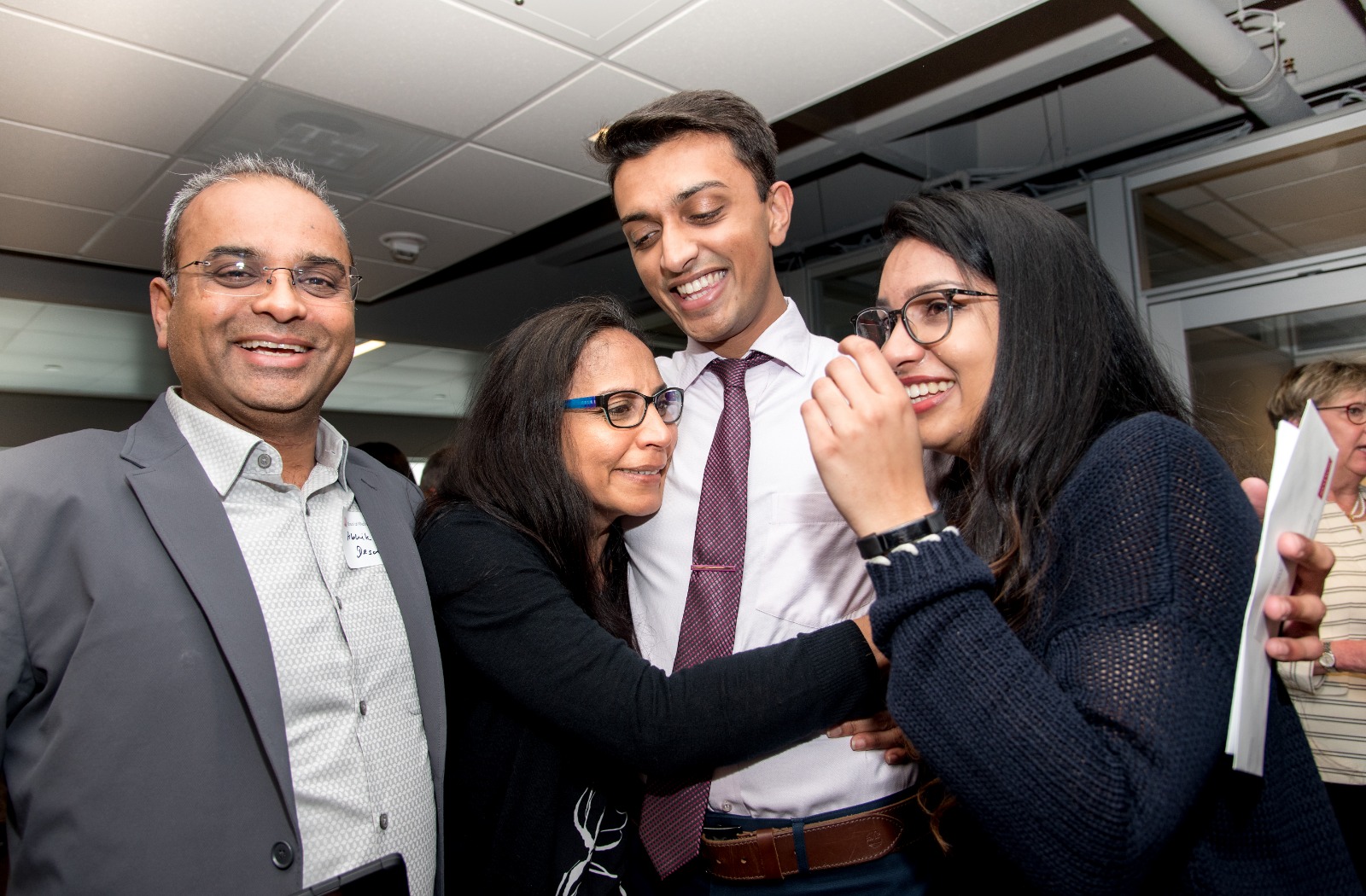To commemorate my match today to the surgical residency at Rutgers RWJ, I share here the personal statement from my application.
FIRST
July 2009. My father and I drive home from the movies discussing plotholes. As we pull onto our exit ramp, an unfamiliar sight in such a familiar place quiets the discussion.
A white car, laying upside-down in the ditch beyond the road. A man strapped inside, white hair matted with blood. Huge glass shards strewn across the grass, acrid smoke blackening the sky. Half a dozen bystanders along the side of the road; a single woman squatting beside the deformed window, the only attendant at this unexpected wake brave enough to approach the metal coffin.
We approach the car and squat beside the window. My father offers the woman a bottle of water. “Do you think my wife will still love me?” the man gurgles from within. The woman pours lukewarm water through his hair, combing out clotted blood with her fingers.
Behind us, the wail of sirens. I count the patterns; one, two, three separate sirens, becoming deafening far faster than expected. Three gleaming red trucks arrive bearing men clad in armor, each retrieving the equipment needed for his role before descending into the ditch. Red Helmets brace the vehicle, remove the door, and cut the seatbelt. In a single smooth motion, they transfer the man onto a thick orange backboard and carry him to the waiting doors of an ambulance. As rapidly as they had arrived, the sirens fade away.
I think to myself,
“What a life it would be, to become one of them.”
SECOND
February 2011. I carry my turnout gear and Yellow Helmet through the engine bay, reviewing protocols and equipment under my breath. An unfamiliar sight catches my eye: beside the usual Red Helmets alongside the ambulance, a Blue Helmet labeled MEDIC. I enter the firehouse, and find a new face. With a warm smile, a woman with short hair and red cheeks introduces herself. I say I have never met a medic before, and ask if I can see her gear. She explains the contents of her med box, her intubation kit, her IV kit, her trauma bag. I ask if I can ride the ambulance today instead.
An alarm I have never heard before sounds overhead. “MEDIC TO RESPOND”
A geriatric man, slumped on the floor against his toilet. Blood seeps through the man’s pants and drips off the backboard as we extract him down the narrow stairwell. By the time the ambulance pulls away, the man is unconscious. I am very afraid. With calm, practiced hands, the medic places an IV and attaches her 12-lead monitor. I do not see fear, but instead focus and confidence. As the driver and medic wheel the patient past sliding double doors, I stay behind to clean and restock the ambulance for another dispatch.
Nine weeks later, a familiar alarm sounds overhead. “MEDIC TO RESPOND, P1”
Now focused and confident, I ventilate the patient during transport. When we arrive, I continue ventilating into the trauma bay; it is my first time through the double doors. We arrive to find men and women clad in a different armor. Surrounded by chaos, a woman in a long white coat issues commands in an even, measured voice. Members of the orchestra close in around the bed. I watch until my crewmates come to retrieve me.
I think to myself,
“What a life it would be, to become one of them.”
THIRD
August 2016. A 63-year-old man is found to have a large, asymptomatic common hepatic artery aneurysm involving the bifurcation.
I listen as two attendings and the senior fellow discuss the particulars of the case; observe as they review imaging and plan their approach. I scrub, reviewing visceral anatomy under my breath. We apply bright blue drapes, and the Surgeons open the human machine. I feel wet stomach slide beneath my fingers as the calcified, golf-ball-sized aneurysm comes into view. As they control vessels and begin excision, bright red blood begins to pour into the field. Recoiling, I suction as they attempt to control the bleed. A minute passes, then another. “He’s getting a little hypotensive, in the 80s now.” With calm, practiced hands, the Surgeons localize a miniscule posterior rupture of the gastroduodenal just distal to the aneurysm. I do not see fear, but instead focus and confidence. I listen as the Surgeons collaborate in even, measured voices. They ligate the GDA; the scarlet waves cease, ebbing to the beat of the pulse oximeter. They complete the case. Each day, I wake my patient in the early morning and watch as he recovers uneventfully. Each day, I return to the OR and witness the work of calm, practiced hands.
I think to myself,
“What a life it would be, to become one of them.”

